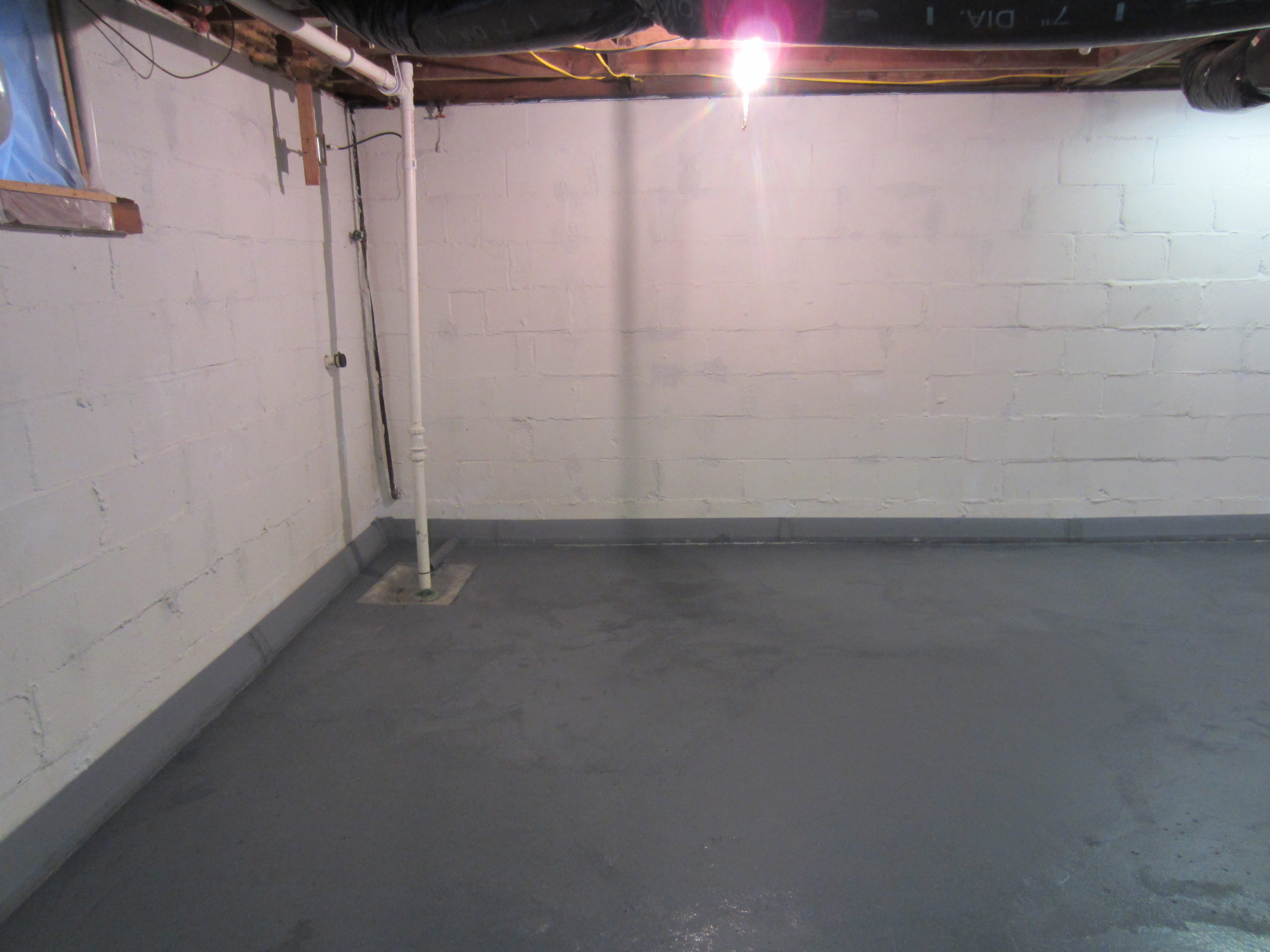
To keep your basement dry without breaking the bank, try exterior foundation waterproofing for a robust shield against water damage. Opt for interior basement sealants as an easy DIY solution that combats moisture and mold. Consider French drain installation for effective water management at a low cost. Basement waterproofing paint is a wallet-friendly option to create a moisture barrier, while sump pump installation provides essential protection from flooding. Each option offers a unique way to secure your basement, ensuring a cost-effective approach to waterproofing. Further insights into these solutions await.
Key Takeaways
- Exterior foundation waterproofing prevents water damage and maintains structural integrity.
- Interior basement sealants control moisture levels and prevent mold growth.
- French drain installation effectively manages water drainage around basements.
- Basement waterproofing paint offers budget-friendly protection against moisture infiltration.
- Sump pump installation is essential for safeguarding basements from water damage.
Exterior Foundation Waterproofing
For a long-lasting solution to keep your basement dry, consider applying exterior foundation waterproofing. By taking this proactive step, you can prevent water from seeping into your basement through the foundation walls. Exterior foundation waterproofing involves applying a waterproof barrier to the outside of your foundation walls, creating a protective shield against water intrusion.
One of the main benefits of exterior foundation waterproofing is its effectiveness in preventing water damage. By stopping water at the source, you can avoid costly repairs and potential health hazards associated with a damp or flooded basement. Additionally, this method helps to maintain the structural integrity of your home by reducing the risk of foundation cracks caused by water pressure.
To apply exterior foundation waterproofing, the first step is to excavate the soil around your foundation to expose the walls. Once the walls are visible, they’re cleaned and inspected for any cracks or damage that need to be repaired. Next, a waterproof coating or membrane is applied to the exterior walls to create a barrier against water penetration. Finally, the soil is backfilled, and any necessary landscaping is restored.
Interior Basement Sealants
What benefits do interior basement sealants offer for keeping your basement dry and protected? Interior basement sealants can be a cost-effective solution to help prevent water infiltration and moisture issues in your basement. Here are a few key advantages of using interior basement sealants:
- Waterproofing: Interior sealants create a waterproof barrier on the interior walls of your basement, helping to keep water out and prevent leaks during heavy rains or flooding.
- Moisture Control: By sealing the interior walls, these sealants help control moisture levels in the basement, reducing the risk of mold and mildew growth which can thrive in damp environments.
- Easy Application: Interior sealants are relatively easy to apply, making them a convenient option for homeowners looking to improve their basement’s waterproofing without extensive renovations.
Consider applying interior basement sealants as a proactive measure to protect your basement from water damage and moisture-related issues.
While interior sealants can be effective in many cases, undertaking a thorough evaluation of the specific needs of your basement and seeking guidance from professionals like Lifetime Basement Waterproofing to determine the best waterproofing solution for your home is crucial.
French Drain Installation
Considering the potential benefits of French Drain Installation, it serves as a strategic solution for effectively managing water drainage around your basement. By installing a French drain system, you can prevent water buildup around your basement walls and foundation, thereby reducing the risk of water seepage and potential damage. This type of drainage system works by collecting excess water from the soil and directing it away from your home, keeping your basement dry and protected.
To install a French drain, the first step is to excavate a trench around the perimeter of your basement floor. This trench should slope away from your home to guarantee proper water flow. A perforated pipe is then placed in the trench and covered with gravel to allow water to enter the pipe easily. The pipe is connected to a sump pump or a drainage outlet that directs the water away from your foundation.
French drains are cost-effective and low maintenance compared to other waterproofing methods. They’re particularly useful for homes located in areas with high water tables or heavy rainfall. By effectively managing water drainage, French drains help prevent basement flooding and water damage, ultimately preserving the integrity of your home’s foundation. Consider installing a French drain system to protect your basement and enjoy a dry, moisture-free environment.
Basement Waterproofing Paint
Basement waterproofing paint provides a simple and effective solution for protecting your basement walls from moisture infiltration. This type of paint creates a barrier that helps prevent water from seeping through the walls and causing damage to your basement. Here are three key benefits of using basement waterproofing paint:
- Easy Application: Basement waterproofing paint is easy to apply with a brush or roller, making it a convenient option for homeowners looking to protect their basement walls without a complicated installation process.
- Cost-Effective: Compared to other basement waterproofing methods, such as installing drainage systems or exterior excavation, using waterproofing paint is a more budget-friendly option that can still provide adequate protection against moisture.
- Versatile Protection: Basement waterproofing paint is available in different formulations, including options that provide additional benefits such as mold resistance or improved insulation, allowing you to choose a product that suits your specific needs.
Sump Pump Installation
When it comes to safeguarding your basement from potential water damage, one effective measure to ponder is installing a sump pump. A sump pump is an essential component of a basement waterproofing system, helping to keep water out and prevent flooding. This cost-effective solution works by collecting water that accumulates around your foundation and directing it away from your home, keeping your basement dry and free of water damage.
Installing a sump pump involves digging a pit in the lowest part of your basement or crawlspace where water is likely to collect. The pump is then placed in this pit to pump out any excess water that accumulates. It’s important to have a professional handle the installation to make sure it’s done correctly and efficiently.
There are different types of sump pumps available, including submersible pumps that are placed directly in the pit and pedestal pumps that sit above the water. Our contractors can recommend the best option based on your specific needs and the layout of your basement.
Regular maintenance of your sump pump is critical to make sure it functions properly when needed. This includes testing the pump regularly, cleaning it to prevent clogs, and checking that the discharge line is clear of any obstructions. By investing in a sump pump installation, you can protect your basement from water damage and enjoy peace of mind during heavy rains and floods.
Frequently Asked Questions
What Are the Long-Term Maintenance Requirements for Basement Waterproofing Options?
When considering basement waterproofing options, remember to factor in long-term maintenance requirements. Regularly inspecting and maintaining your waterproofing system can prevent costly damage in the future. Stay proactive to guarantee a dry and secure basement.
Are There Any Eco-Friendly Basement Waterproofing Options Available?
When you explore eco-friendly basement waterproofing options, consider products like water-based sealants, rubber membranes made from recycled materials, and exterior drainage systems. These choices help protect your basement while being environmentally conscious.
Can Basement Waterproofing Solutions Help Prevent Mold and Mildew Growth?
Basement waterproofing solutions can definitely help prevent mold and mildew growth. By keeping moisture out, you create an environment less conducive to mold and mildew, ensuring a healthier space for you and your family.
How Do Different Basement Waterproofing Options Impact the Overall Value of a Home?
When considering different basement waterproofing options, think about how they impact the overall value of your home. Effective solutions can increase your property’s value, ensuring a dry, mold-free space that adds to its appeal.
Are There Any DIY Basement Waterproofing Options That Are Effective and Cost-Efficient?
When it comes to DIY basement waterproofing, you’ll find effective and cost-efficient options. Explore various methods like sealing cracks, applying waterproof paint, and installing a sump pump. These solutions can help keep your basement dry.
Conclusion
Lifetime Basement Waterproofing has been Atlanta’s premier basement waterproofing company for over 30 years.
As a family-owned and operated company, we specialize in basement waterproofing and offer a range of expert services.
In addition to basement waterproofing, we excel in crawlspace encapsulation, exterior foundation waterproofing, foundation crack repair, and designing drainage solutions for French drains.
Trust Lifetime Basement Waterproofing for all your wet basement repair needs.
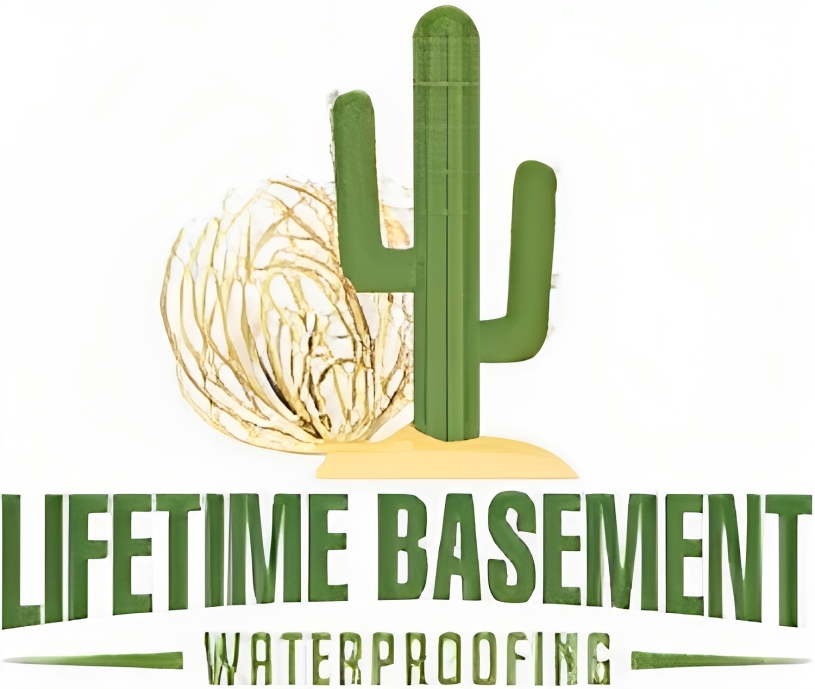
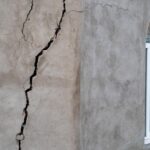
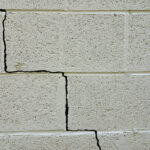
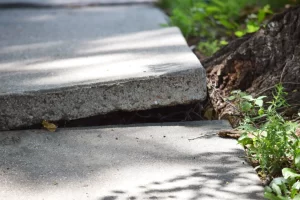
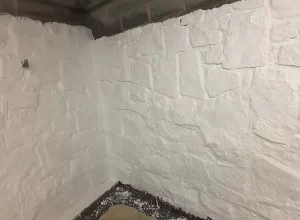
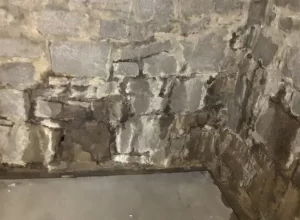
No comment yet, add your voice below!